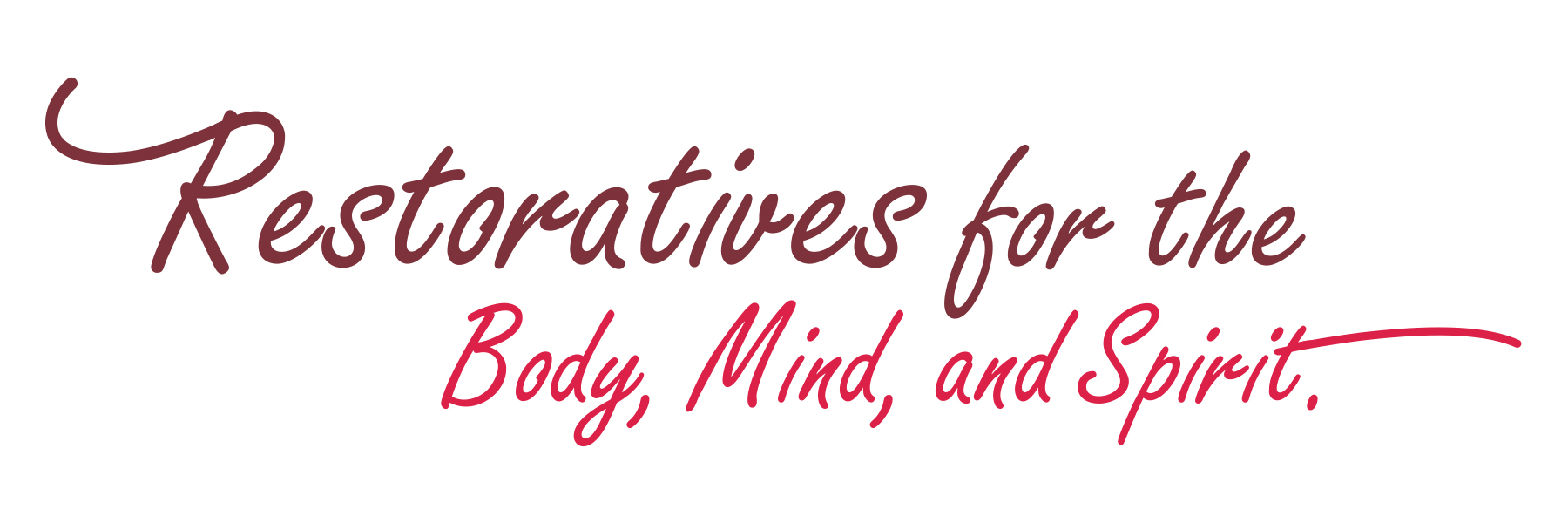Happy New Year! I hope 2020 is off to a good start for you. In July 2018 I wrote a blog post about titled, “How good are you at being yourself?” Feel free to reference that when focusing on and revising what you aim to accomplish in 2020. In terms of New Year’s Resolutions and the popular expression New Year, New You, I believe it’s important to come into resolutions from a place of acceptance and desire to make incremental improvements working towards a goal, rather than the idea that we aren’t good enough until we achieve this other potential version of ourselves. For the next few weeks, the posts will focus on how to work through challenges that arise as we are trying to make various shifts in our lives, often related to health, wellness, and vitality.
New Year, BEST You!
“If you only walk on sunny days, you will never reach your destination.”
-Paolo Coelho
We make New Year’s resolutions in order to become the best version of ourselves; a new and improved version. We begin January with a vision and declare our hopes and dreams for the New Year.
The top resolutions haven’t really changed much in the last 20 years. They include: lose weight, be more organized, save money, get in shape, quit smoking, eat a healthier diet, learn a new skill or hobby, read more, spend more time with family and friends.
With such aspiration and optimism why do we fail to achieve up to 90% of resolutions and end up making the same one again next year? Most of them have already been abandoned by early to mid-February. What about the rest of the year? The resolution was made for a new year, not a new month. Therein lies the problem. We are expecting to accomplish something big and transformative in too little time. We throw in the towel and declare we have failed even when we are making progress. Ever heard of someone bail on a new diet after successfully losing six pounds just for having eaten one piece of cake? Or quit a new exercise routine because of a business trip or a sick baby during one week?
Would you behave this way with anything else in your life? Imagine some examples: A 10-mile hike that’s meant to take all day; not there by noon, so why bother? Baking a cake; got tired of waiting for it to bake so take it out of the oven and declare that the recipe didn’t work. How about a baby learning to walk? Will she give up after the first wobbly step and fall to the ground? There are infinite examples here and while they sound completely ridiculous, that’s the tendency when it comes to New Year’s resolutions.
Here and now in 2020, I challenge you to change this pattern. How many years have you made a similar resolution to the one you made this year? How’s going so far? Taking the whole year into account, on January 18, you should expect to have reached five percent (5%). Congratulations! If you make it until February 1, that will represent nine percent (9%). Well done. So far, so good. But if you stop there, it will be another fail. If you are a fan of the popular for eighty percent (80%) rule, then stick with it until October 18. Or continue to include the whole year, knowing that the remaining twenty percent (20%) accounts for 73 days of the year which averages to about 6 days per month, and definitely allows for vacations and celebrations and plain old lousy days. That doesn’t sound so impossible, right? It’s more like a marathon than a sprint. Resolutions seek transformation and require a commitment, the long haul.
How important is your New Year’s resolution to you? Is it just a January pastime? Are you willing to work on it the entire year? What will you when you inevitably fall?
We fail at New Year’s resolutions because we don’t allow ourselves to fall.
Learn from those falls and carry on. If those resolutions don’t really matter to you, then throw in the towel and get on with your regular routines. However, If you want to achieve success with those goals and move closer to being the best most vital version of yourself, know that you will do this by achieving one percent at a time. I know you can do it!
“Success is stumbling from failure to failure with no loss of enthusiasm.”
―







